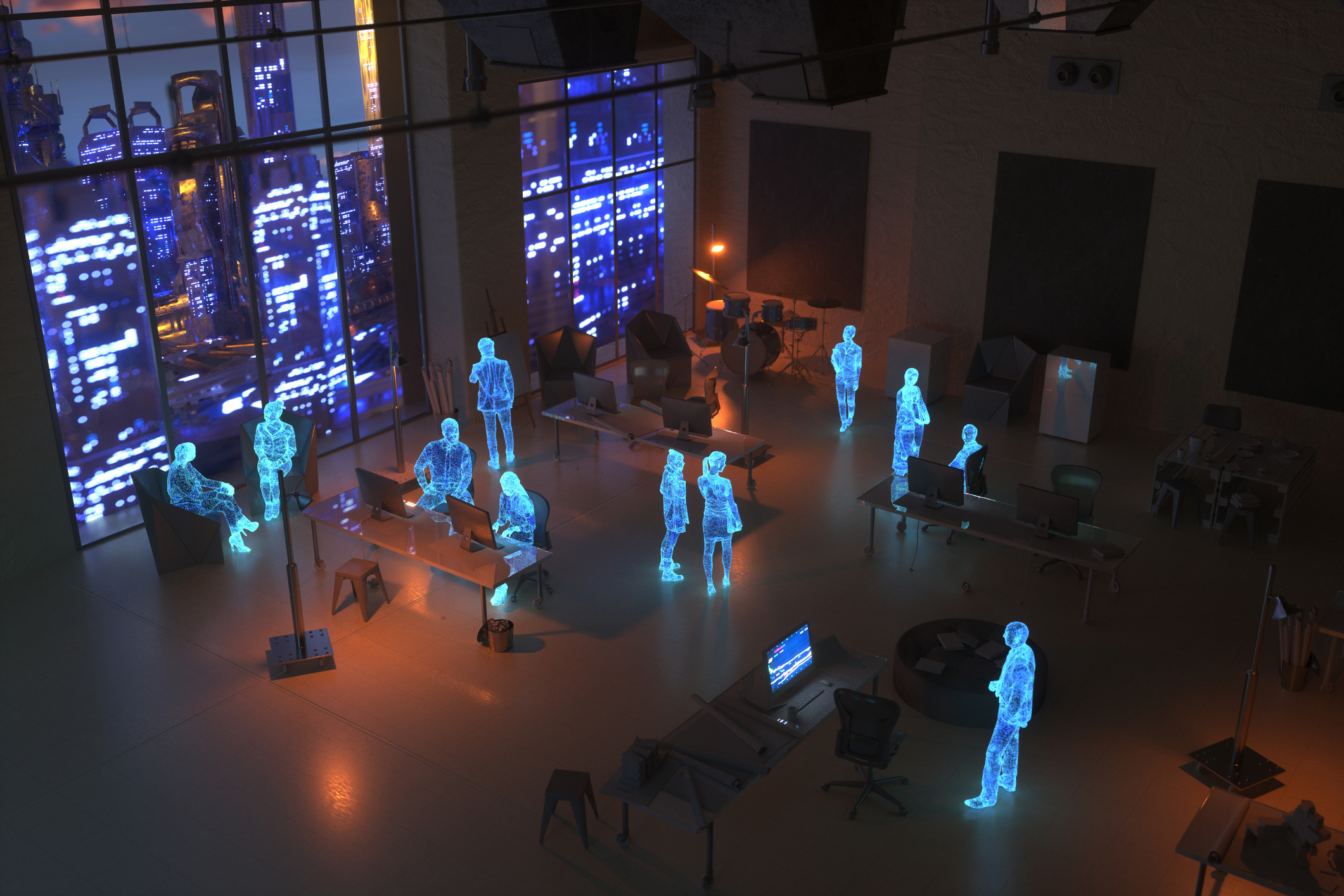Nary a day goes by that we don’t hear about a disaster somewhere in the world—whether man-made or natural—impacting hundreds or even thousands of lives, livelihoods, and business operations. Small or large, disasters run the gamut from floods and fires to network outages, cyberattacks, and supply chain disruptions.
Take, for example, the 2008 Black Thunder mine accident. Based in Wyoming, this massive coal operation planned to install a 250-ton, 260-foot tube designed to convey coal to a silo for loading trains. The mammoth structure would be mounted by a crane atop pylons over three railroad tracks—tracks traveled by 80 trains every day, delivering coal to power plants across the US.
But on the day of the installation, the unexpected happened: the crane collapsed, dropping the tube across the tracks. Because three workers were injured, the US Mine Safety and Health Administration (MSHA) wanted to conduct an investigation in three days’ time and insisted that nothing be moved from the tracks–a delay that would cause substantial supply chain consequences.
Thanks to robust coordination with the mine, BNSF Railway VP of Engineering David Freeman developed contingency plans, including putting repair crews with four large tractors on standby at the site. Freeman convinced the MSHA to allow crews to shift the tube off the tracks without disturbing evidence. The operation took just 21 minutes—and soon, the trains began running again.
Each year, disasters like the Black Thunder mine incident and other unexpected events knock global businesses off course. Such incidents frequently impact globally distributed contact centers. Below I lay out some insights and takeaways from the Black Thunder mine disaster that global contact centers can apply to their own contingency planning efforts.
Expect the unexpected
Organizations must establish contingency plans to ensure business continuity—a concept BNSF took to heart. BNSF had built a strong relationship with the Black Thunder Mine teams and was able to gain visibility into the operation and provide inputs. This collaborative relationship enabled BNSF to proactively plan for the unexpected, putting teams on standby and processes in place to respond quickly. When disaster struck, they executed their contingency plan and got trains moving that very day.
Takeaways for contact centers
- Think through plausible emergency scenarios for your globally distributed contact center, and then build contingency plans around these scenarios.
- Overprepare your contact center communications network to ensure appropriate and immediate action against disruptions.
- Coordinate across the entire organization to ensure everyone understands their role and required actions.
- Establish clear protocols to extract and manage constant data thresholds from all parties involved.
- Define a precise series of actions and metrics to know when an issue is resolved and normal operations can resume.
- Incorporate processes to assess root cause and success at contingency plan execution.
Leverage data and analysis
Planning for and detecting issues in real-time can save precious time and ensure a better customer experience. BNSF used data to inform their contingency planning and response efforts and assess a disaster’s potential impact on deliveries and end customers. They also relied on data to know what it would take to clear the railway of obstructions, fast-track repairs, and coordinate with federal agencies.
Takeaways for contact centers
- Assess and resolve technical debt, data gaps, and data access issues across your global contact center partners.
- Aggregate and leverage real-time data from contact center partners and other departments across your business to monitor and predict call volume, staffing levels, inbound events, and more.
- Analyze data trends to predict and (potentially avoid) possible events and quickly detect events already underway.
- Use real-time metrics to trigger contingency measures and troubleshoot and resolve issues. Ensure that data is detailed enough to understand what happened, so you can take steps to minimize recurrence.
- Finally, use data to measure success and inform process improvements for the future.
Have clear visibility across your interconnected global contact center
BNSF had built a robust communications network both internally and externally, giving them clear visibility into the breadth and impacts of the construction plan. Their collaborative relationships with key stakeholders and deep project visibility enabled them to plan to identify potential issues and response scenarios that didn’t depend upon other parties.
Takeaways for contact centers
- Gain clear visibility across your interconnected global contact center to make faster decisions regarding contact center management and health.
- Break down silos within the business to streamline operations and keep everyone on the same page.
- Establish a centralized response plan that doesn’t rely upon any single partner or stakeholder.
Disasters and other unexpected events happen. Preparation is key. Anticipating plausible emergencies, using data to your advantage, and having clear visibility of your interconnected global contact center will help you respond quickly, protect your business, and limit impacts.





